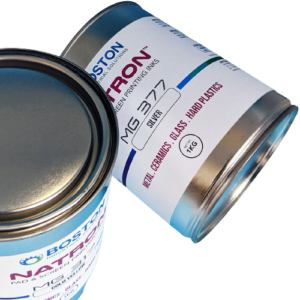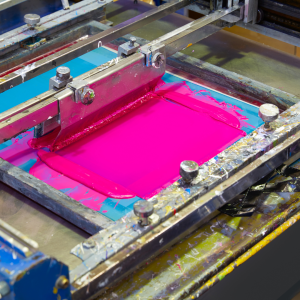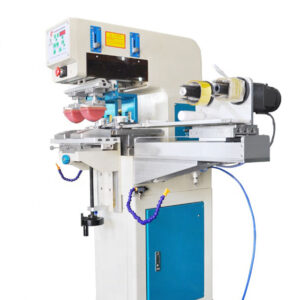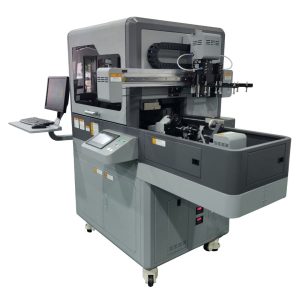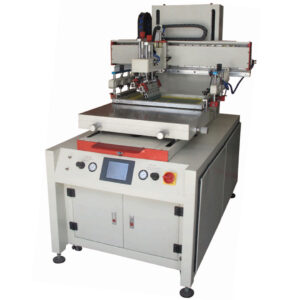From time to time, many customers ask about the “shelf life” of the mixed ink instead of the pot life of the ink mixture. In this article, we will review in detail these three terms: shelf life, pot life, and working life. It is important to differentiate them when using screen or pad printing inks. Understanding these terms will help you successfully complete your project using expired products.
Additionally, these terms are applicable to one- or two-component water-based, solvent-based, or silicone-based screen printing ink, pad printing ink, and silicone adhesives. Review technical data sheets to help you understand the application. Data sheets help contract printers understand the mixing ratios, pot life, and shelf life of the product. Learn more about pad printing ink.
Shelf life
Ink shelf life is different from ink pot life. The ink shelf life refers to the period from the manufacturing date to the expiration date of the unopened ink container, assuming it is stored according to the manufacturer’s specified storage conditions. These storage conditions include temperature, moisture, and exposure to light. If these conditions are not met, the product generally becomes ineligible for warranty. With the correct storage conditions, the product will expire on its expiration date. When the product expires, it becomes unsuitable for use.
Printing ink Pot life
An ink’s pot life is different from its shelf life. An ink’s pot life is the duration it remains usable after opening or mixing with ink additives like a hardener or solvent—the useful life of the ink mixture. In screen and pad printing, the pot life begins when the mixing is complete. Additionally, the pot life ends when the ink-solvent or ink-hardener-solvent mixture is unusable for the printing application. This usually happens when the viscosity of the mixture doubles.
Factors affecting the pot life include the number of additives added to the ink, equipment components, exposure to air, humidity, and other environmental conditions. E.g., adding more catalyst reduces the useful life of the ink. On the other hand, using a slower solvent increases the useful life of the mixture. In pad printing, certain components, such as an ink cup, help to extend the useful life of the ink. The pad printing machine components limit the ink-mixture exposure to environmental conditions and prevent the solvent from evaporating.
Knowing the pot life of an ink will affect the speed at which you can complete a printing project.
Working life
A pad or screen-printing working life is the duration of time the viscosity stays low enough for a printing application. Many decorators confuse the useful life and working life, but it is completely different. Factors affecting the working life of an ink include temperature, UV, humidity levels, etc.
Therefore, because printing ink, silicone primer, or adhesive has a different shelf life, pot life, and working life, it’s important to understand what factors affect the products you use in your products. For more information, refer to our technical data sheets for printing products and bonding products. Additionally, please visit our support hub or YouTube channel for help. If you prefer to talk to a live person, give us a call at (781) 281-2558 or send us an email at info@bostonindustrialsolutions.com.


